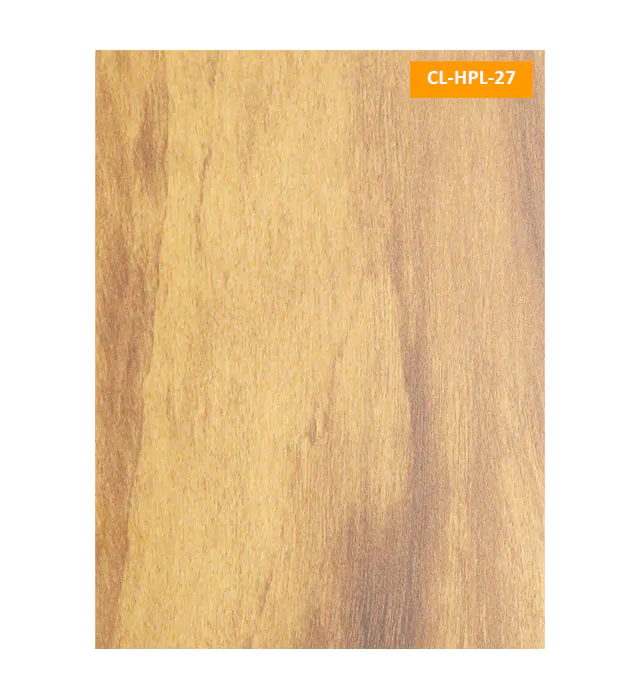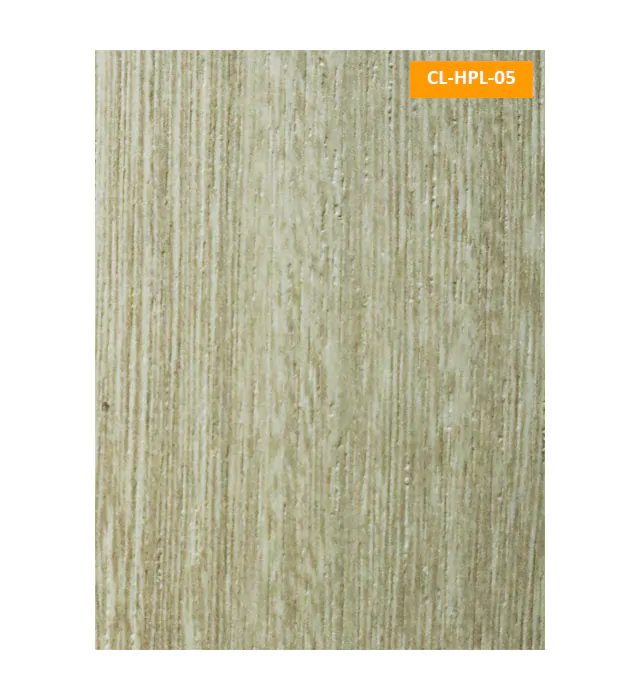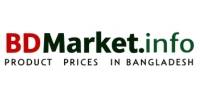Hpl Board Price In Bangladesh
Ever wondered why the humble HPL (High-Pressure Laminate) board costs what it does in Bangladesh? In recent years, this versatile material, often used in construction and interior design, has seen a dance of prices due to fluctuating demand and imports. Such shifts in prices can be rather fascinating, witnessing how global parameters echo right in local markets.
Diving deeper, HPL boards have become a staple in Bangladeshi architecture due to their unique blend of durability and aesthetics. Historically, these boards reached the market as a premium option, with initial high costs tapering over time due to increased production and local sourcing. Despite these advancements, a recent study highlighted that approximately 30% of import variations still influence current pricing trends, a factor manufacturers are eyeing closely for solutions.


Unveiling the HPL Board Market in Bangladesh
High-Pressure Laminate (HPL) boards are an essential part of many building projects in Bangladesh. These boards are known for being durable and stylish, used widely in both commercial and residential settings. Lately, there’s been a noticeable shift in their market dynamics. Furthermore, production costs and import duties have impacted prices, making it a topic of interest for many. The fluctuating prices have seen consumers and businesses keenly observing trends.
Globally, the demand for HPL boards has risen, affecting local prices in Bangladesh. According to the article, key import nations often influence the cost, causing variations in the domestic market. Additionally, increased urbanization has led to higher demand locally, intensifying competition among suppliers. For many builders, choosing the most cost-effective supplier is now more crucial than ever. The evolving marketplace remains a testament to these shifting priorities.
Meanwhile, factors like quality and availability also play a role. Buyers are often tasked with balancing cost with the quality of HPL boards. Here is the post, customers want the best value, ensuring long-lasting materials for their projects. Some suppliers focus more on aesthetics, while others emphasize the board’s strength and environmental-friendly production methods. Staying informed about these aspects helps in making smart purchasing decisions.
In conclusion, understanding the dynamics of the HPL board market is vital for industry players. Businesses need to stay adaptable, ready to pivot based on global trends and local demands. This approach assures they cater to a wide array of customers seeking different benefits from HPL boards. Consequently, being proactive in market analysis and supplier selection can support strategic growth and success. For more insights, visit this article.
Role of Import Variations
Import variations significantly impact the pricing of HPL boards in Bangladesh. With different countries supplying these boards, each change in import laws can ripple through the market. For instance, a decrease in import taxes can lower prices, making the boards more affordable for local buyers. Conversely, if an exporting country faces production issues, a shortage may cause prices to spike. These fluctuations keep both suppliers and consumers on their toes.
Several factors contribute to import variations. Changes in international relations, trade agreements, and even currency exchange rates can all play a role. Furthermore, political stability in exporting countries often dictates the consistency of supply. For businesses relying on HPL boards, staying informed about these factors is crucial. Monitoring global news helps them anticipate potential disruptions.
To better understand these variations, a table can be useful:
| Factor | Impact |
|---|---|
| Import Taxes | Higher taxes increase costs |
| Trade Agreements | Can decrease or increase prices |
| Currency Fluctuations | Influences international purchasing power |
Overall, import variations require constant attention from stakeholders in the HPL board market. By understanding these dynamics, companies can better prepare and adapt to shifting conditions. Clear communication with suppliers and consumers helps in creating strategies to mitigate these impacts. Ultimately, informed decision-making provides a competitive edge. Engaging in detailed market analysis can offer deeper insights into the complexities of import variations.
The Impact of Global Parameters on HPL Board Pricing
Global parameters, like economic conditions and international trade policies, play a big role in HPL board pricing in Bangladesh. When the world faces economic challenges, raw material costs often rise, affecting the final board prices. Environmental regulations in key producing countries can also influence production costs. Additionally, logistic disruptions, like shipping delays, can lead to shortages, pushing prices higher. These factors together create a complex web affecting market stability.
Currency fluctuation is another crucial element affecting HPL board costs. A stronger local currency makes imports cheaper and potentially lowers prices for consumers. However, when the local currency weakens, imported goods, including HPL boards, become pricier. This variation influences purchasing decisions both for consumers and businesses. Central banks often monitor these exchanges closely to stabilize markets.
Consider these influential global factors:
- Economic Growth Rates
- Global Trade Policies
- Raw Material Availability
- Environmental Regulations
- Logistic Challenges
The impact of these global variables is profound, requiring active management by businesses involved in the HPL board market. For those keeping an eye on international trends, there’s an opportunity to make informed procurement decisions. By leveraging data and global insights, companies can better predict price movements. This proactive approach provides a strategic advantage in a competitive landscape. Understanding these factors helps stakeholders navigate through price unpredictability effectively.
Understanding the Demand-Supply Dynamics for HPL Boards
The demand-supply dynamics of HPL boards are shaped by various factors in Bangladesh. Increasing urbanization has led to a surge in demand as more buildings require durable materials. However, high demand isn’t always matched by supply, which can cause price spikes. Many suppliers face challenges such as limited production capacity or raw material shortages. These issues add layers of complexity to the market.
Manufacturers often adjust their production strategies to meet changing demands. During peak construction seasons, production usually ramps up to avoid shortages. This requires careful planning and coordination with suppliers of raw materials. Additionally, technological advancements in production can increase supply efficiency. Keeping pace with innovation ensures businesses remain competitive.
The following factors influence demand-supply dynamics:
- Seasonal construction trends
- Availability of raw materials
- Technological advancements in production
- Market competition
- Government regulations
On the demand side, consumer preferences and brand reputation can drive purchasing decisions. High-quality HPL boards from reputable brands are often in higher demand. This creates a need for consistent quality assurance processes. Providing reliable customer service also builds trust and encourages repeat purchases. These factors play a critical role in shaping market dynamics.
Overall, understanding these demand-supply dynamics is crucial for market participants. By analyzing trends, businesses can optimize their operations to align with market needs. Strategic inventory management helps mitigate risks associated with supply fluctuations. Companies that stay attuned to these dynamics can better position themselves for success. Adapting to changing market conditions offers a distinct advantage.
The Journey of HPL Boards: From a Premium Option to a Common Choice
HPL boards were once considered a luxury item due to their durability and sleek look. Initially, only high-end projects could afford these boards, given their steep prices. As technology progressed, the cost of production started to decrease. This made HPL boards more accessible to a wider audience. Today, they are frequently used in both residential and commercial settings.
Advancements in manufacturing techniques have played a crucial role in this transformation. New methods enabled higher efficiency, reducing waste and lowering costs. As a result, producers could offer more competitive prices to buyers. Despite being more affordable, HPL boards have maintained their superior quality. Consistent improvements in design and material have kept consumer interest high.
Factors that contributed to wider adoption include:
- Technological advancements in production
- Increased competition among manufacturers
- Bulk purchasing capabilities by vendors
- Greater awareness of product benefits
Furthermore, the perception of HPL boards shifted as marketing efforts highlighted their value proposition. Campaigns focused on key attributes like water resistance and strength resonated well with customers. This built trust and broadened their market appeal. Retailers also benefited by showcasing these boards as a cost-effective alternative without compromising on quality. Long-term durability became a hallmark of HPL boards, making them a staple in everyday construction.
Given this evolution, HPL boards have found a permanent place in the building materials market. Their journey from a premium option to a common choice is a testament to industry innovation. Consumers today have a wider range of options to suit diverse needs. This accessibility influences purchasing decisions positively across different sectors. Material affordability and availability now make it possible for more people to enjoy the benefits of HPL.
Predicting Future Trends for HPL Board Prices in Bangladesh
Looking ahead, several factors might shape the pricing landscape for HPL boards in Bangladesh. Economic stability plays a crucial role, as inflation or deflation can impact materials’ cost. As the demand for eco-friendly materials grows, manufacturers could invest in sustainable practices, possibly increasing production costs. Yet, these innovations might boost consumer appeal, balancing out any price hikes. Observing global market trends is essential to anticipate changes.
Technological advancements are another key to price predictions. Improved production methods can reduce waste and increase efficiency, potentially lowering costs. Automation may also play a role in achieving these goals. As more companies adopt new technologies, competition could drive prices down. Thus, staying updated on tech innovations is essential for stakeholders.
Considerations that may influence future pricing:
- Economic fluctuations
- Sustainability initiatives
- Technological advancements
- Global market trends
Additionally, government policies and international trade agreements can affect pricing dynamics. Favorable policies might ease import duties, reducing costs for consumers. Conversely, restrictive policies could limit options, causing prices to rise. Businesses must stay informed about policy changes, allowing them to adapt quickly. Engaging in proactive planning helps businesses navigate these variables.
Forecasting future trends in HPL board prices requires a comprehensive understanding of multiple factors. Stakeholders need to monitor economic conditions and technological progress. By engaging with the market actively, they can better predict and respond to price changes. This readiness ensures they can make informed decisions, optimizing both production and customer experience. The ability to anticipate trends can offer a competitive advantage.

Frequently Asked Questions
HPL boards, known for their durability and design appeal, are widely used in construction. Many people have questions about their use, benefits, and purchasing tips. Here, we address some of the most common queries regarding HPL boards.
1. What are the main advantages of using HPL boards?
HPL boards offer both aesthetic and practical benefits, making them a popular choice for various projects. They’re known for their durability, being resistant to scratches and impacts, which means they can withstand daily wear and tear. Additionally, they come in a multitude of designs and finishes, allowing users to achieve the desired look for their spaces.
Beyond durability, HPL boards are also highly versatile, used in settings from kitchens to offices. They’re relatively easy to maintain, offering a surface that doesn’t require frequent cleaning. This makes them a practical option for both residential and commercial applications, where style and functionality meet seamlessly.
2. How does one maintain and care for HPL boards?
Maintaining HPL boards is simple and doesn’t require extensive effort. Regular cleaning with a damp cloth is usually sufficient to keep the surface looking new. Avoid using abrasive cleaners, as they can scratch or dull the finish of the laminate. Spot cleaning for tough stains with mild soap can help maintain their shine.
Moreover, to ensure the longevity of the boards, it’s essential to avoid excessive moisture exposure. Use coasters and trivets to protect the surface from hot items and spills. These simple care routines can help maintain the board’s appearance and durability over time, making them a lasting choice for your interiors.
3. Where are HPL boards commonly installed?
HPL boards are versatile and find applications in various areas due to their durability and aesthetic appeal. Commonly, they are used for kitchen countertops, bathroom vanities, and office furniture. Thanks to their water resistance, they’re suitable for moisture-prone environments too, without compromising their integrity.
In commercial settings, you might find HPL boards as wall panels or partitions. Their aesthetic options and robustness make them ideal for high-traffic areas. This versatility makes them a favorite among architects and designers who aim for both functionality and beauty in spaces.
4. Can HPL boards be customized for specific projects?
Yes, HPL boards can indeed be customized to suit various project needs. Manufacturers offer a range of designs, colors, and textures, providing limitless options to match specific design aesthetics. This allows architects and designers greater creative freedom while working within the client’s specifications.
Moreover, some suppliers offer tailor-made solutions, allowing for dimensions and finishes to be adjusted based on client requirements. Customization ensures that each project is unique, meeting personalization demands. This makes HPL boards a flexible choice for projects that require specific visual and functional outcomes.
5. Are HPL boards environmentally friendly?
HPL boards can be considered environmentally friendly, as many manufacturers adopt sustainable practices. These boards are often created using renewable resources and low-emission resins, minimizing environmental impact. Furthermore, some companies ensure their production processes adhere to environmental standards, promoting eco-friendly choices in design.
Using HPL boards can contribute to sustainable building practices, especially when sourced from reputable suppliers. Over time, more manufacturers focus on reducing waste and energy usage during production. By choosing eco-conscious HPL producers, consumers can enjoy stylish interiors while supporting the environment.
Wrapping Up the Insights on HPL Boards
The exploration of HPL boards in Bangladesh reveals a market influenced by both local and global factors. These boards, beloved for their durability and style, have transitioned from being a premium selection to a common choice. Understanding their pricing, demand, and supply dynamics is crucial for stakeholders aiming to make informed decisions.
Anticipating future trends requires a blend of industry knowledge and awareness of global shifts. By staying informed and adaptable, businesses and consumers can navigate the evolving landscape of HPL boards effectively. This proactive approach ensures that they remain competitive and well-positioned to leverage opportunities in the fast-paced construction market.
